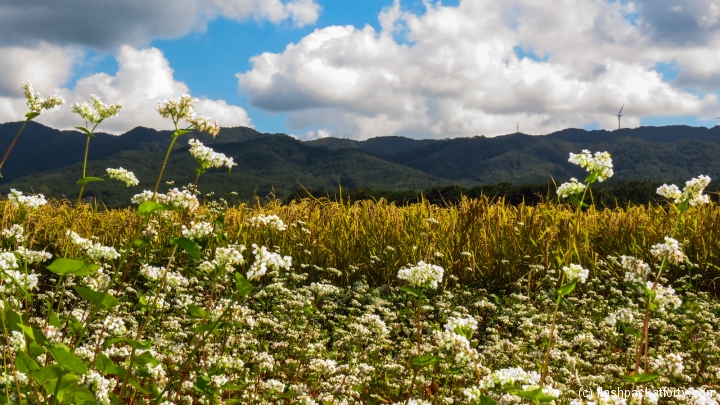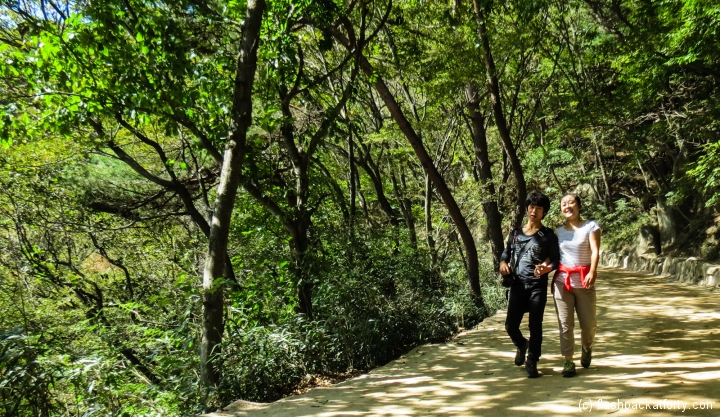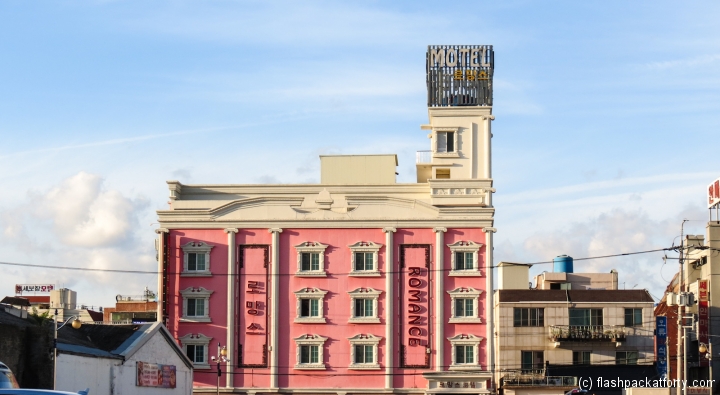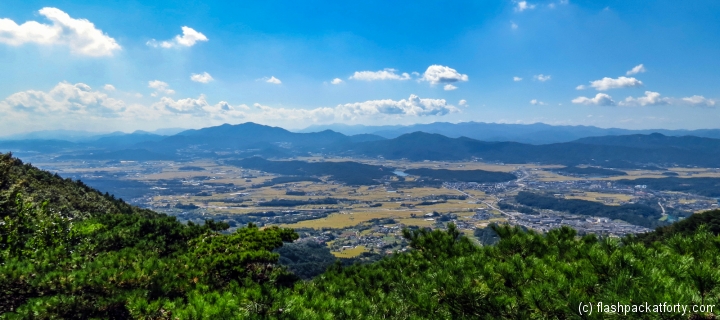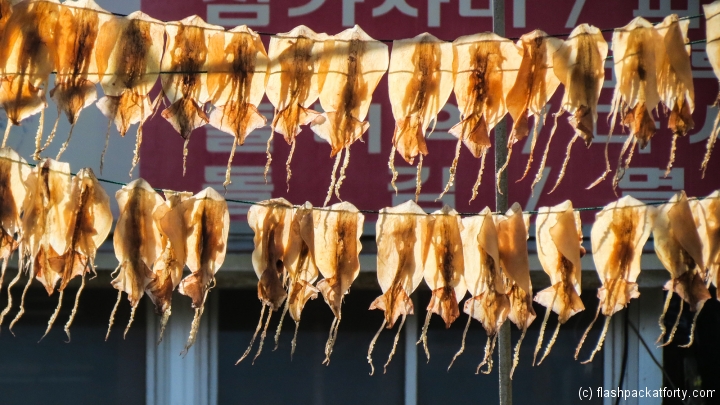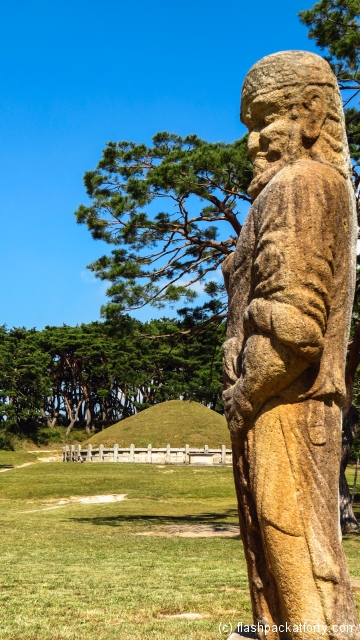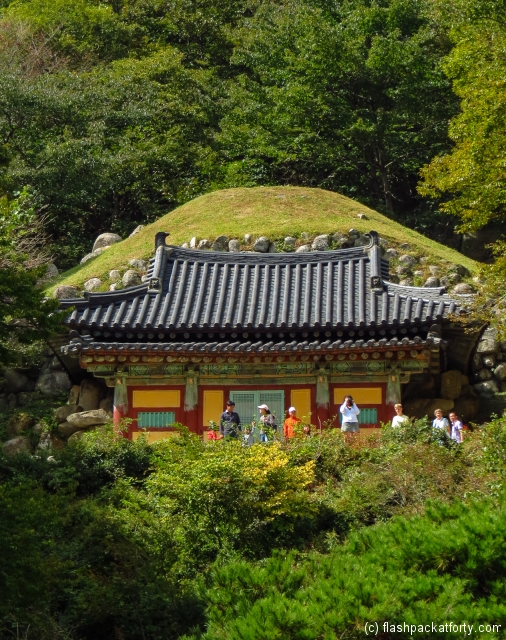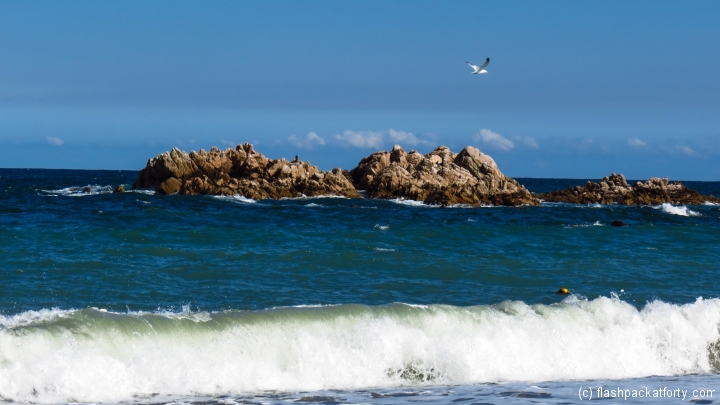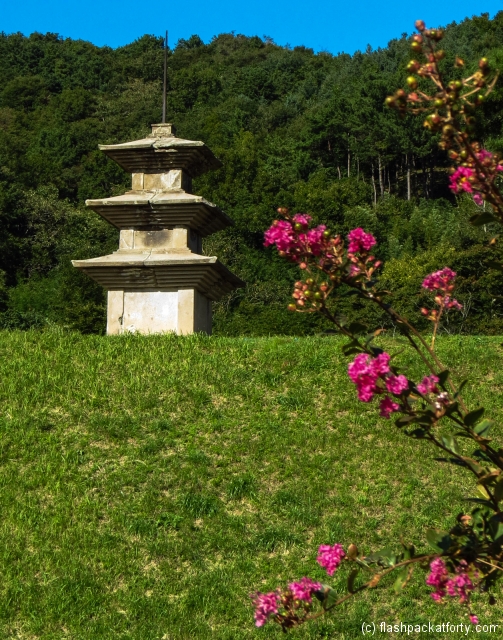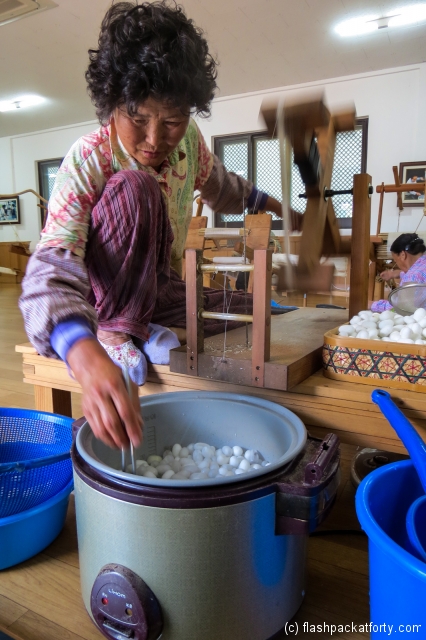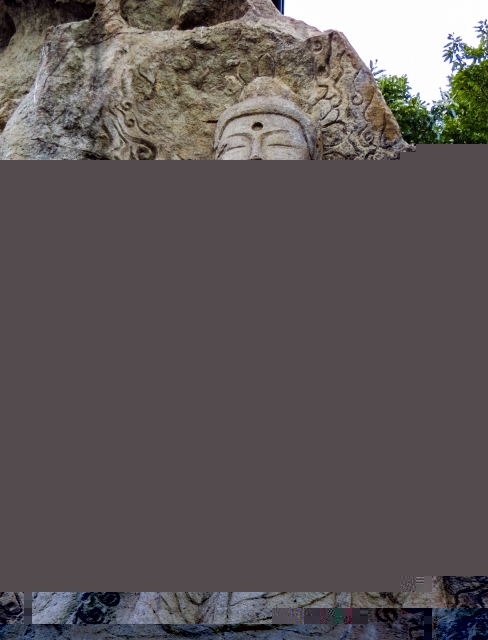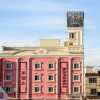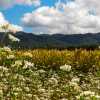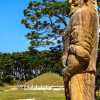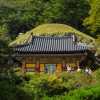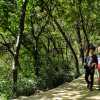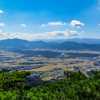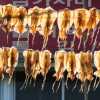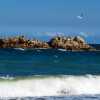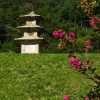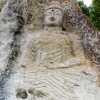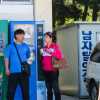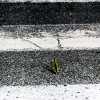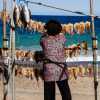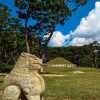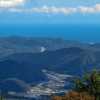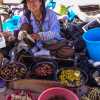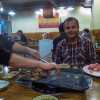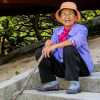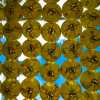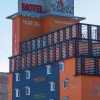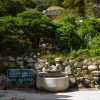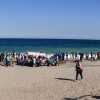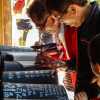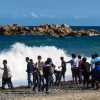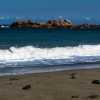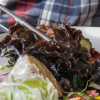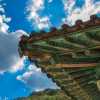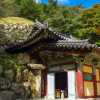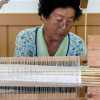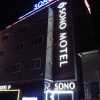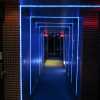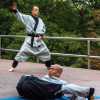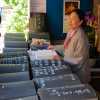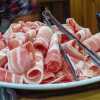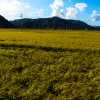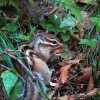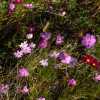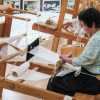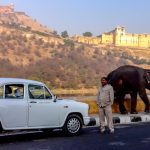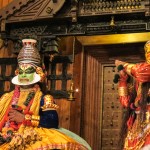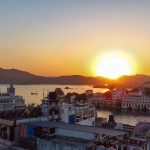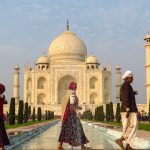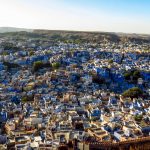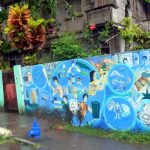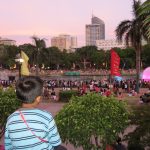South Korea: Must See Things To Do In Gyeongju
Gyeongju is Korea’s most popular tourist destination both with Koreans and international visitors, mainly from Asia . The region is rich in ancient history, with many sights being recognised by UNESCO, the area also boasts some great natural beauty for hiking and trekking if you are feeling in a sporty mood.
We spent 3 nights here, but only had 2 full days to explore this beautiful destination. There is plenty to do to keep you occupied for longer as there is so much to do in Gyeongju, but we wanted to discover more of South Korea so we had to pack it all into 48 hours.
We think Gyeongju is a must see destination and should be on any South Korea travel itinerary, no matter how much time you have, even for just a day.
Today Gyeongju successfully marries its ancestral past with a modern society. Buddhism has played an important role in this region for centuries and has influenced many of the historic sites available for visitors to see today.
Accommodation on offer in Gyeongju
The Bomun Tourist Resort is the location for all the top-end luxury hotels such as the Hilton. The Bomun area is probably a better choice for those on a holiday who can afford the upmarket rates. Bomun is very family friendly resort, with many activities for children on its doorstep including a large amusement park and the obligatory Teddy Bear Museum. You can also take a hot-air balloon ride here. For travelllers you woudl struggle to find cheap food and accommodation is this resort are so best stick to the main town.
We stayed in the downtown area, near the main bus terminal. There is plenty of accommodation here, you won’t find much of it online. Flashpacking accommodation mainly consists of ‘love’ hotels, elaborately decorated with everything you could possibly want, some rooms even come with their own spas and sit around bars. One thing we have learned whilst travelling around Korea, is that walk-up rates are significantly cheaper than anything you’ll find on-line. Also many hotels don’t use popular hotel aggregation sites. Unless you are travelling in peak season, such as August, just turn up. This downtown location is also good for evening walk to the Anapji Pond and Cheomseongdae, which lend themselves well to being viewed at night.
Temple stays are available throughout Korea, and if you have the time you can experience this here. It’s probably best to do this stay separately to any sightseeing so you get the most value.
How to see the historic sites of Gyeongju?
Gyeongju is a large city containing many different historic sites that you will want to visit. Walking really isn’t an option, unless you have a week or so, as some of the major sites are located quite far from the downtown area and tourist hotels in Bomun. However, if you do have time, you can hire a bike and cycle to see some of the major sites located centrally. The tourist information office located by the main bus terminal has some suggested routes, and this is popular with people who have more time in their itinerary.
To see some of the sites on the periphery of the city centre you’ll either need to take local transport, which is cheap and easy, and explore the sites at your leisure. However, as we didn’t have much time we decided to see these sites with a local tour company, Gyeongju City Tours, located opposite the downtown Tourist Information kiosk, who offer a selection of different tours. The price is 15,000 KRW (for each whole day tour, plus some group rate entrance fees to certain places of interest.
A Korean Tour
The majority of people on our tour were Korean. The tour is conducted almost exclusively in Korean, except for a video played a couple of minutes before arriving at each site which is also in English. This suited us fine, as we like to explore places on our own, so when disembarking from the coach we were just told what time we needed to meet back with the group. Perfect! Our Korean tour group was incredibly friendly, especially when it came to our Korean buffet lunch, explaining what everything was and making recommendations. Our tour guide was lovely, a very passionate and energetic woman. She did not stop speaking for the entire day, and judging from the constant laughs and applause she was very good at her job. Taking this tour allowed us enough time to see what we wanted and also get to the sites in the most efficient way available to us for our time in Gyeonju.
Day One – Gyeongju Tour Itinerary
The ‘Gwaereung Tomb’ (sometimes known as ‘Gwaeleung’, there seems to be a lot of interchanging of the letters l and r when translating Korean) is the tomb of the 38th be King of Silla. The tomb is surrounded by stones depicting the 12 oriental zodiac animals.
‘Seokguram Grotto’ was added to the UNESCO World Heritage list in 1995. The drive to the grotto ascends a steep mountain road, up Mount Tohamsan, with spectacular views. The trees were starting to display their autumnal colours, which was quite breathtaking. The cave temple is assumed to have taken over 30 years to construct. The sitting Buddha air flow and ventilation system is said to still be a mystery to modern day science. This is one of the most significant Buddhist shrines. You can’t photograph the central Buddha statue and it has recently been placed behind protective viewing glass.
‘Royal Tomb of King Munmu The Great’ is apparently the world’s only floating tomb. The King believed he would be reincarnated as a dragon and chose the East Sea for his tomb. It is also a great place to enjoy the refreshing sea breeze, and see the locals selling and preparing dried fish and seaweed.
‘Gameunsaji Temple Site’ (Gameunsa) the construction of this site was started by King Munmu, and completed after his death, with empty space beneath the pagoda so he could freely pass under the temple once he was a dragon.
‘Gyeongju Traditional Silk Pavilion’ was a little bit too touristy for our tastes, but nowhere near as tacky or pushy as places we’ve visited on our around the world trip . It provides demonstrations and interpretation about the production of silk.
‘Golgulsa Temple’ is only stone cave temple in Korea. At the back of ‘The Golguram Hermitage’ is a three dimensional carving of Buddha in the granite. You’ll also find located here the headquarters of Sunmudo, which is a Zen martial art. This practice has been secretly handed down through the centuries by Buddhists. ‘Sun’ refers to the meditation aspect, the mind and spirit. ‘Mu’ means martial arts and ‘do’ means way. It is believed through practice that one can obtain a higher state of mind through harmonising your karma. Temple stays’ are available for 50,000 KRW per night including food.
In our next South Korea travel blog update we’ll publish our Day Two Gyeongju Itinerary.

